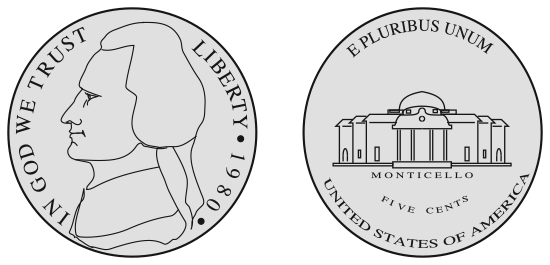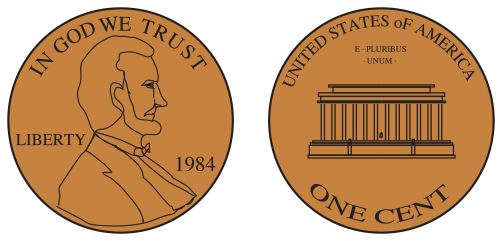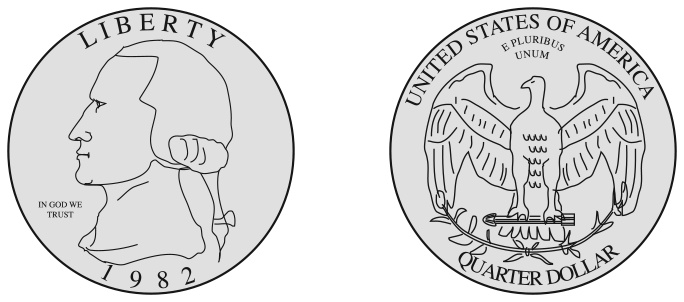Students review and compare the values of pennies, nickels, dimes, and quarters. They practice finding the value of a collection of coins and then determine different combinations of coins that add up to 100 cents.
Content in this Lesson
- Finding the number of nickels, dimes, and quarters in 100 cents.
- Partitioning 100 into groups of ten [E1].
- Representing partitions of numbers using the 100 Chart and number
sentences [E2]. - Representing addition using number sentences [E3].
- Introducing the value of a quarter.
- Using skip counting to find the value of a collection of pennies, nickels, dimes, and quarters [E6].
- Recognizing the relationship between larger and smaller units of measure (e.g., 1 dime is 2 nickels) [E8].
- Connecting representations of quantities (coins and number sentences).
- Solving addition and subtraction problems involving multiples of ten using counters, coins, and the 100 Chart [E7].
- Choosing a strategy [MPE2].
- Explaining a strategy [MPE5].
Daily Practice and Problems G–J
Assessment in this Lesson
| Assessment | Expectation Assessed | Math Practices Expectation Assessed |
|---|---|---|
| Coin Patterns on the 100 Chart
Check-In: Question 12 Student Activity Book Page 330 |
|
|
| Bag of Coins
Check-In: Question 7 Student Activity Book Page 332 |
|
|
| Shuttle Bus #100
Student Activity Book Page 333 |
|
|
|
DPP Item G
Fact Stories Teacher Guide - digital |
|


















